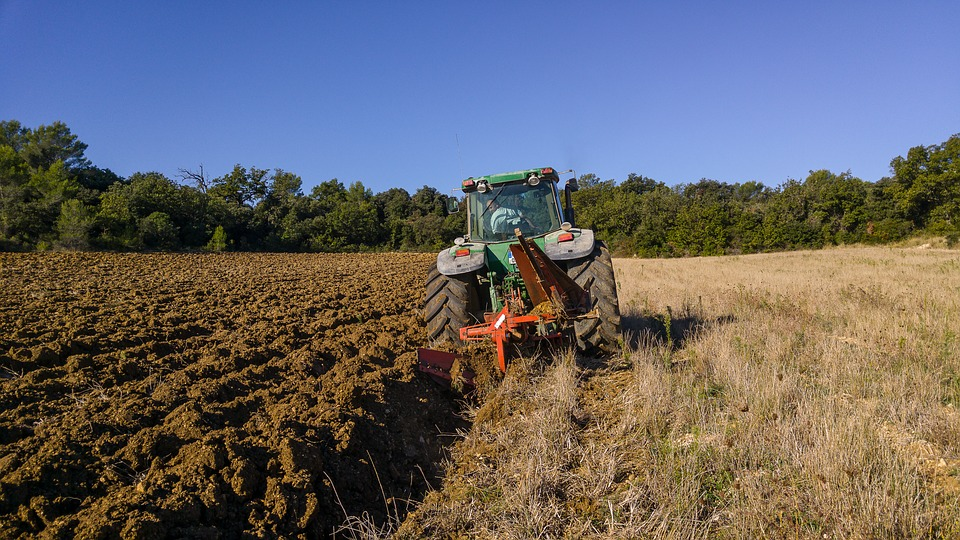5.4 Impacts of Agricultural Practices
2 min read•june 18, 2024
Jenni MacLean
M
Mark Little
AP Environmental Science ♻️
252 resourcesSee Units
Environmental Problems & Agricultural Practices

Image Courtesy of Pixabay
Agricultural practice describes techniques that help farmers optimize their land, harvest, and processes. Some are more efficient than others, and some create more environmental damage when used.
Slash and Burn
Slash and burn uses fire to burn up plants and grasses once they've been cut. This creates ready-to-use farmland which eventually forces more slashing and burning to produce available and fertile land.
Tilling
Tilling, or plowing, digs and turns up clumps of soil. This helps to add permeability to soil by loosening it, which allows water, air, and nutrients to get through. This soil becomes susceptible to runoff and its microbes are disturbed, which means the most nutritionally valuable soil is lost to the ocean or other waterways. Soil erosion is only exacerbated by this technique.
Fertilizer
Fertilizer is a chemical or an organic substance that can help the fertility of the soil and help crops grow. Crops can be injured or die if an excess of fertilizer is added. Since fertilizer adds nutrients to an environment, they increase the risk of eutrophication, or nutrient buildup, which in turn cause die-offs and algae abundances. This soil will also travel into bodies of water and cause more eutrophication and buildup. This could affect our water supply as well as other species that require aquatic habitats.
Pesticides
Pesticides are any substance that is used to remove unwanted organisms. They include:
- Herbicides: To kill general or specific plant species.
- Insecticides: To kill general groups of insects.
- Rodenticides: To kill rodents or small animals.
Pesticides cause mass harm to a ton of populations, including: birds, bees, and other non-targeted species that still experience side effects from pesticides used on their food or in their habitat, children and pregnant women as well as the general increase of cancer, birth defects, and neurological issues in humans, and other pest populations that become resistant to these dosages and require more control later on.
For more on the impacts of agricultural practices:
Browse Study Guides By Unit
🏜Unit 1 – The Living World: Ecosystems
🐠Unit 2 – The Living World: Biodiversity
👪Unit 3 – Populations
🌏Unit 4 – Earth Systems & Resources
🏖Unit 5 – Land & Water Use
⚡️Unit 6 – Energy Resources & Consumption
💨Unit 7 – Atmospheric Pollution
♻️Unit 8 – Aquatic & Terrestrial Pollution
🔥Unit 9 – Global Change
📚Study Tools
🤔Exam Skills

Fiveable
Resources
© 2025 Fiveable Inc. All rights reserved.